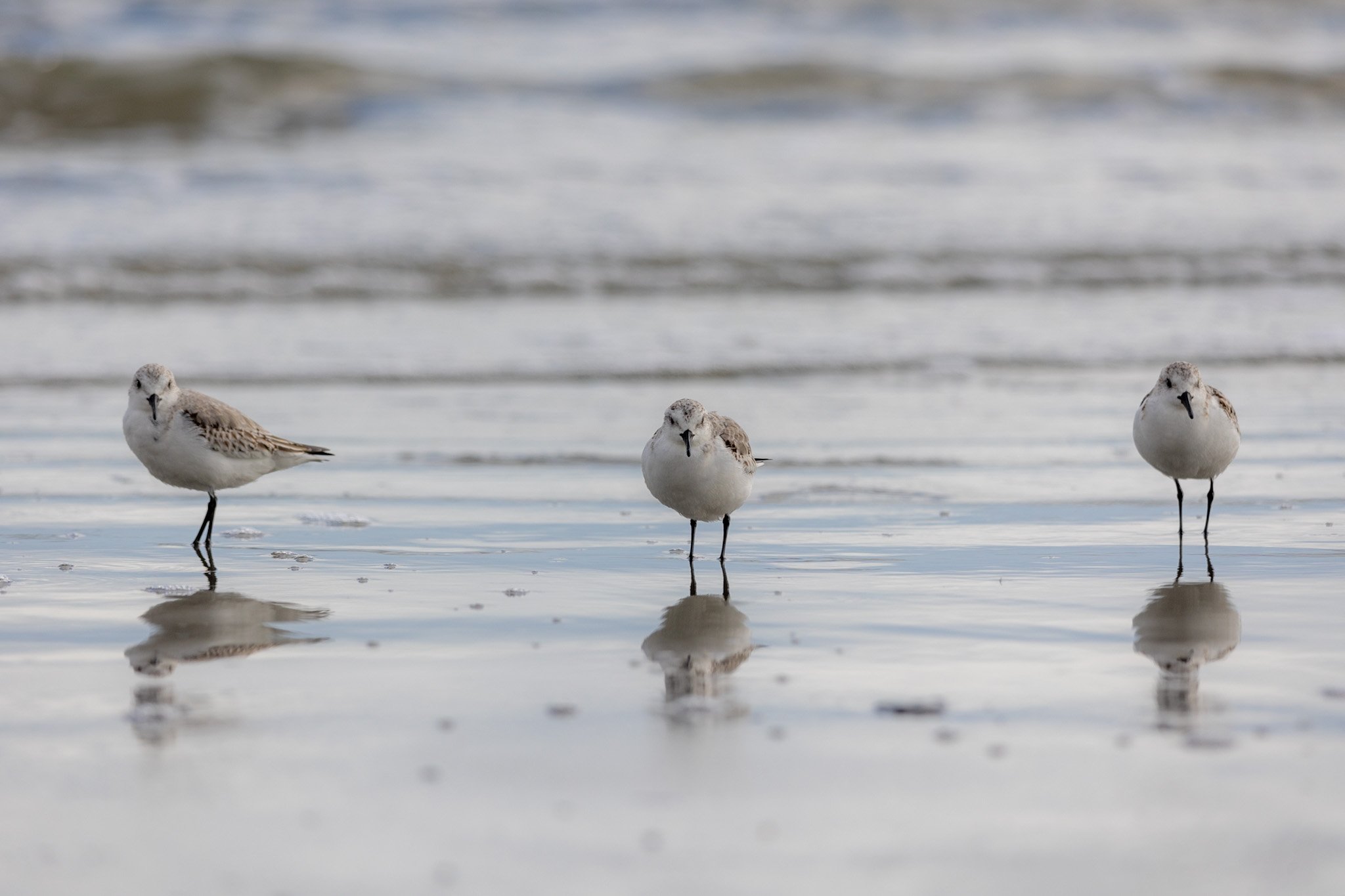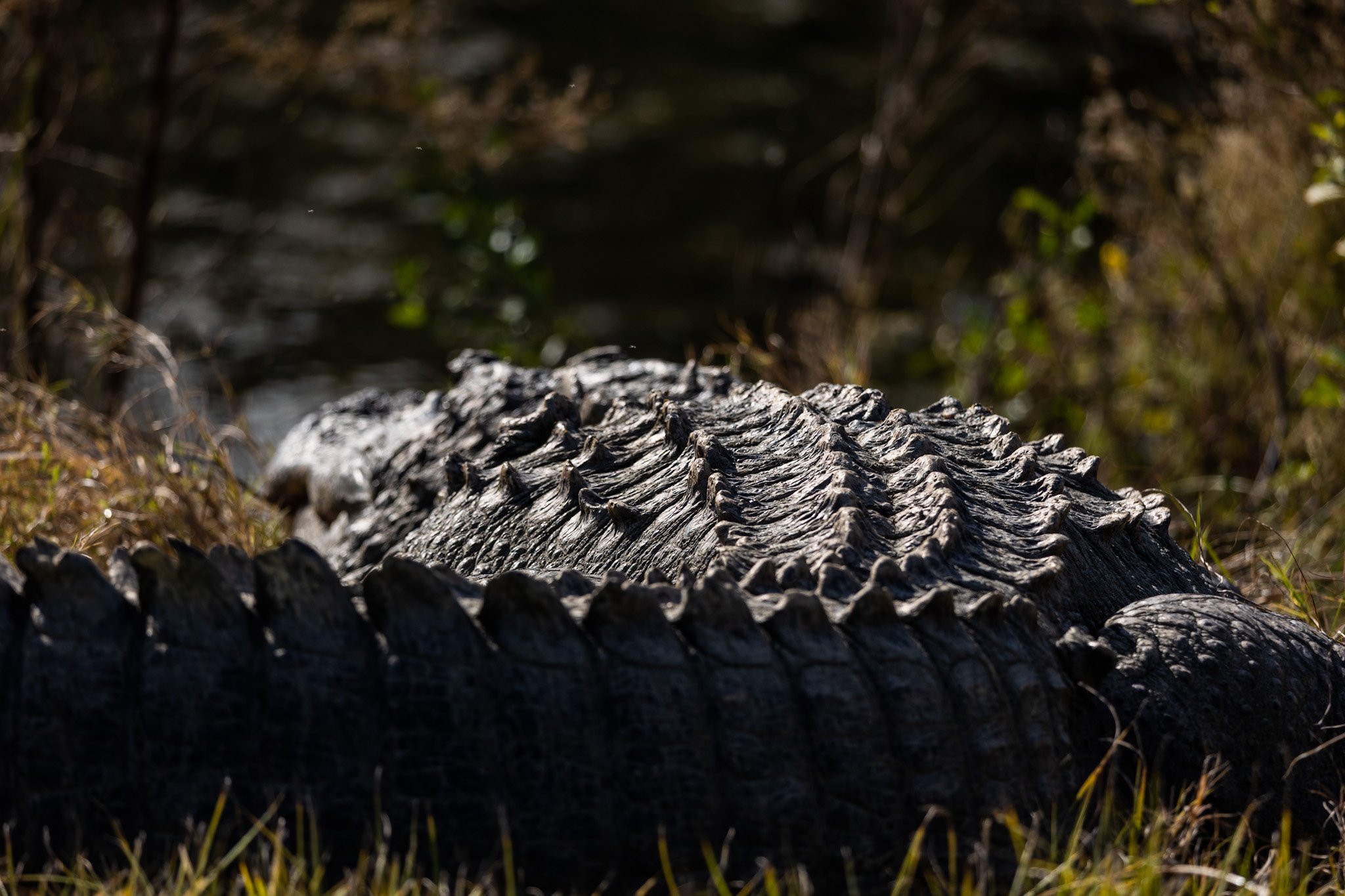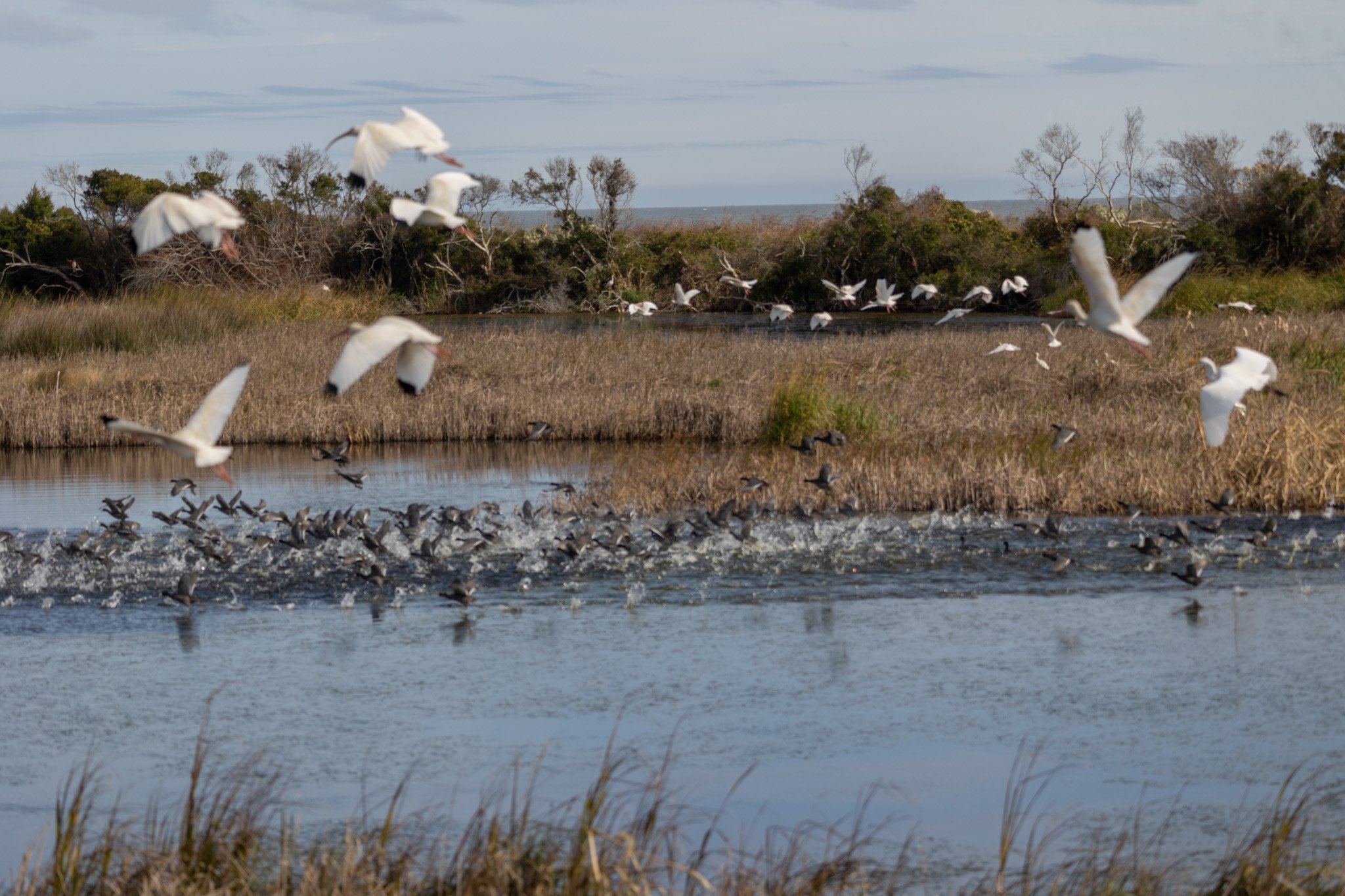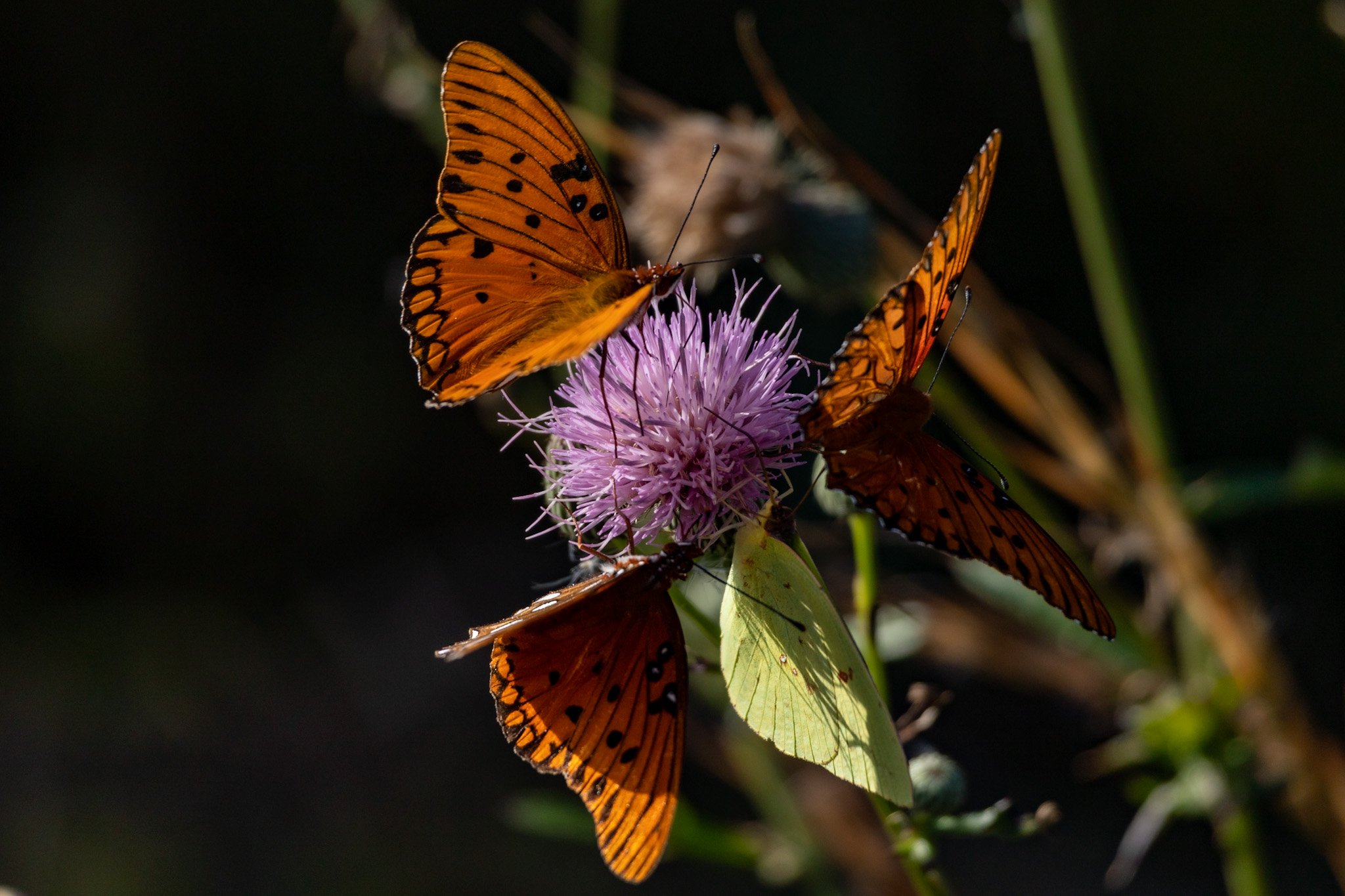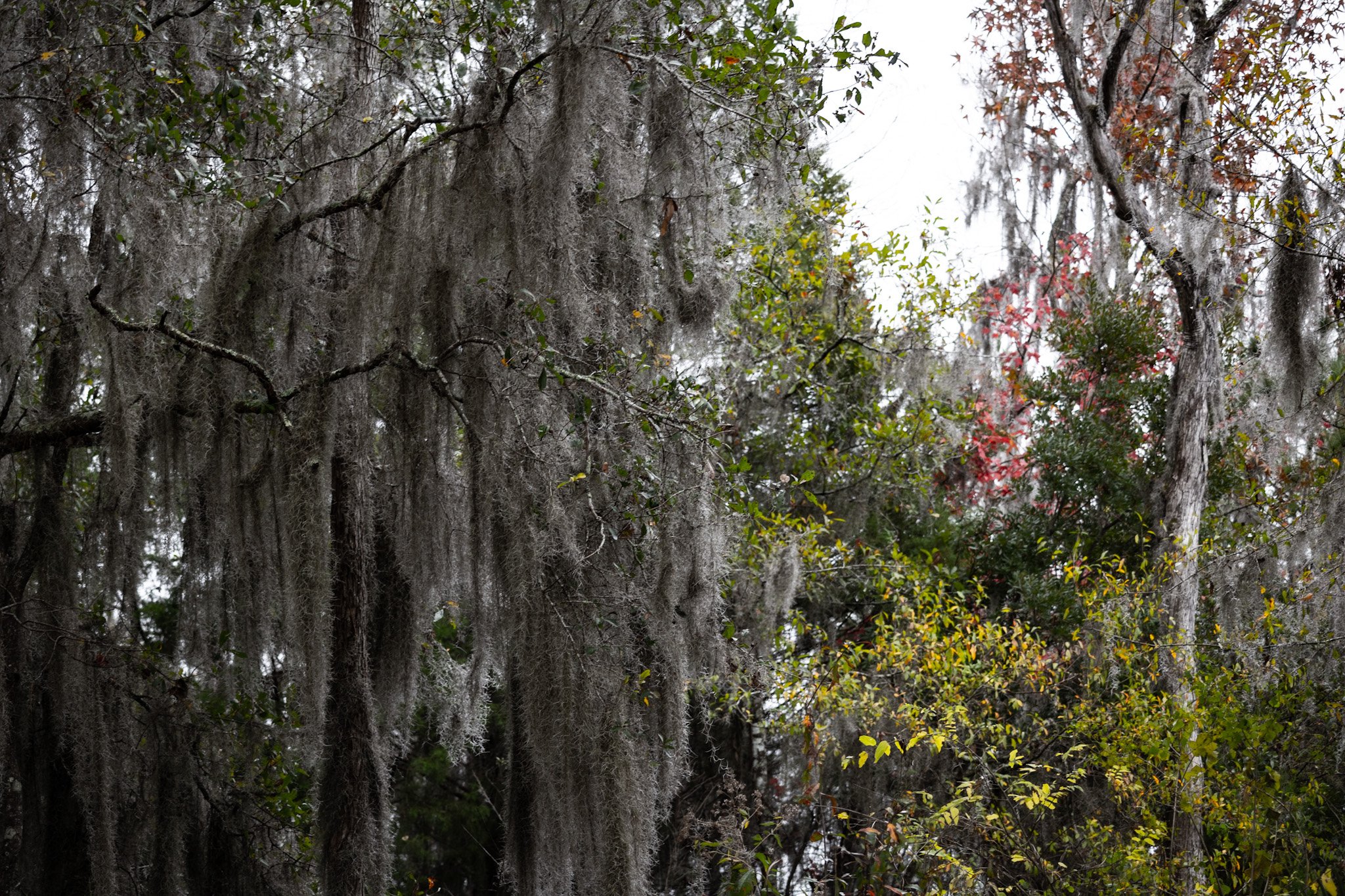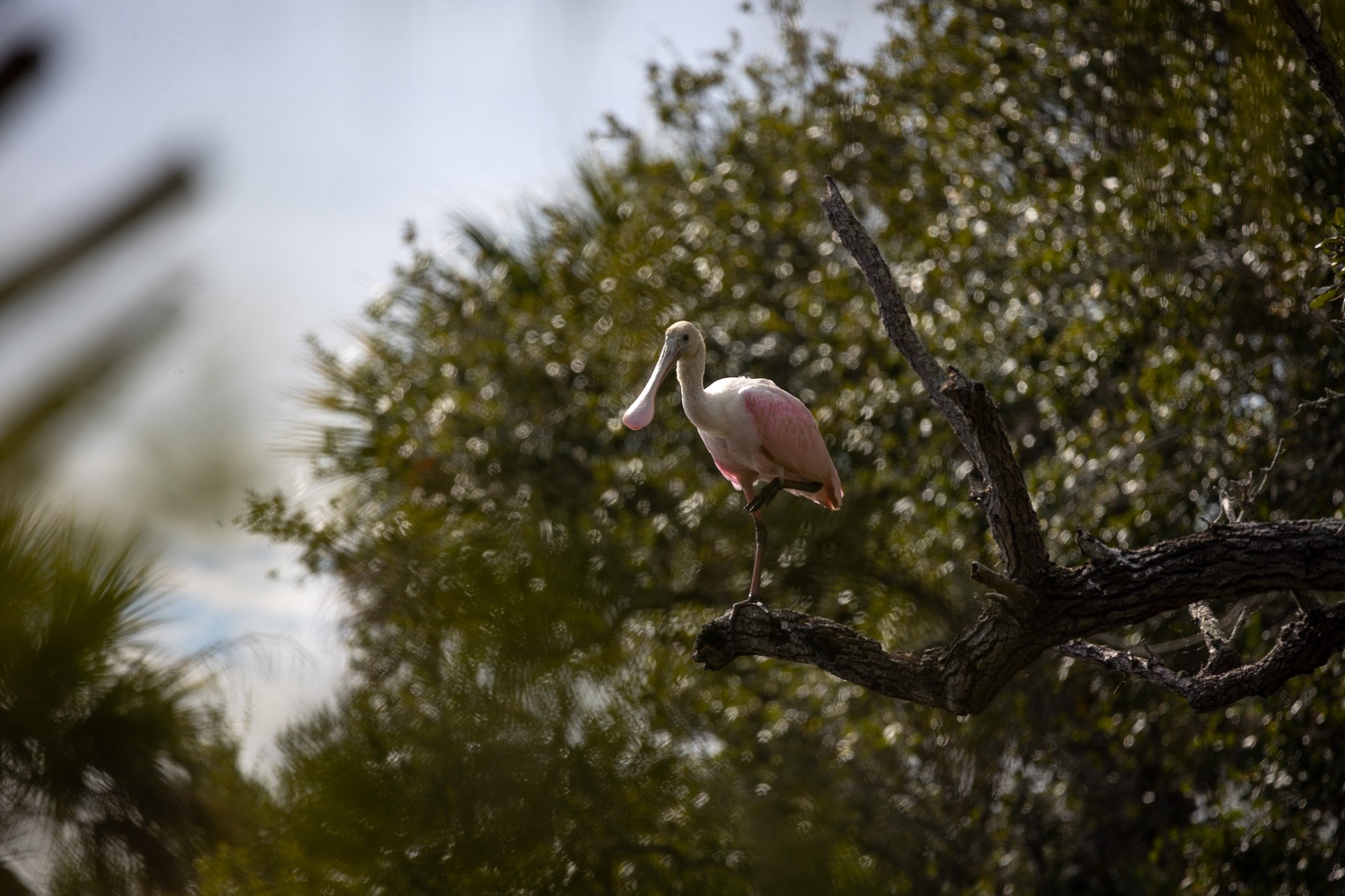
Autumn on the Wing
Notes from the Fall of 2022
Banff is the physical manifestation of my youthful dreams of autumn.
It is a fairy tale lifted from the pages, evoking the same timeless feelings of tranquility and comfort in spite of biting cold and the threat of predators. At dawn the floor of the valley is bathed in a rich golden light that melts the frozen ground with gentle encouragement. Breath hangs in the air at dawn and is stolen by noon - sapped by the altitude and heat that builds imperceptibly until you are forced to remove all but the the legally required layers. Every step I take jostles the amber bed of grasses into action. Insects spring from the earth, glinting like pixie dust in the bright light of the September sun. This invertebrate action excites the birds of the meadow and in turn their aggressors in the canopy. To those attuned, Banff sings a hymn that echoes off of the canyon walls, and my movement is the proverbial reference note that queues the band to start the show. The chirp of insects becomes the percussive backdrop of the leaves and reeds played like strings in the breeze. Birds sing melodies atop this instrumentation - each vying for theirs to rise above the rest. The true soloists, however, are the comers-and-goers. It is the megafauna- bears, wolves, rams, and the rest, whose rare contributions add the greatest complexity to this song. The faint, distant noise of boats cruising the lakes and pants of hikers in awe mimics the roar of a crowd: a chorus of appreciation that completes the number.
By nightfall the heat of the afternoon has fully dissipated. The once booming song has dulled to the hushed lullaby of the shifting weight of campers on frosted earth, the wingbeat of an owl, and the crackle of campfire. But Banff’s melody is an earworm - one that will remain in my head for many autumns to come.



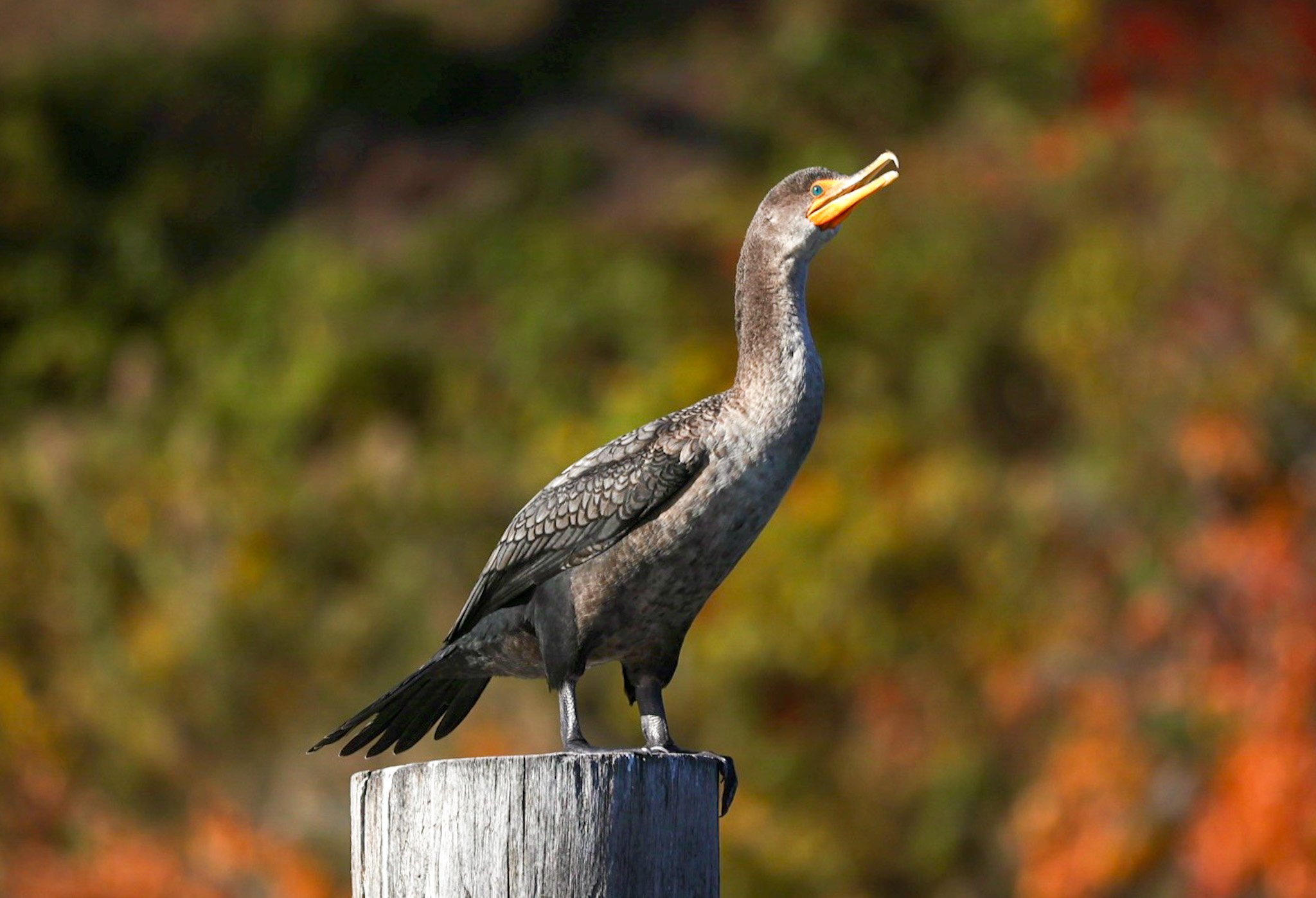
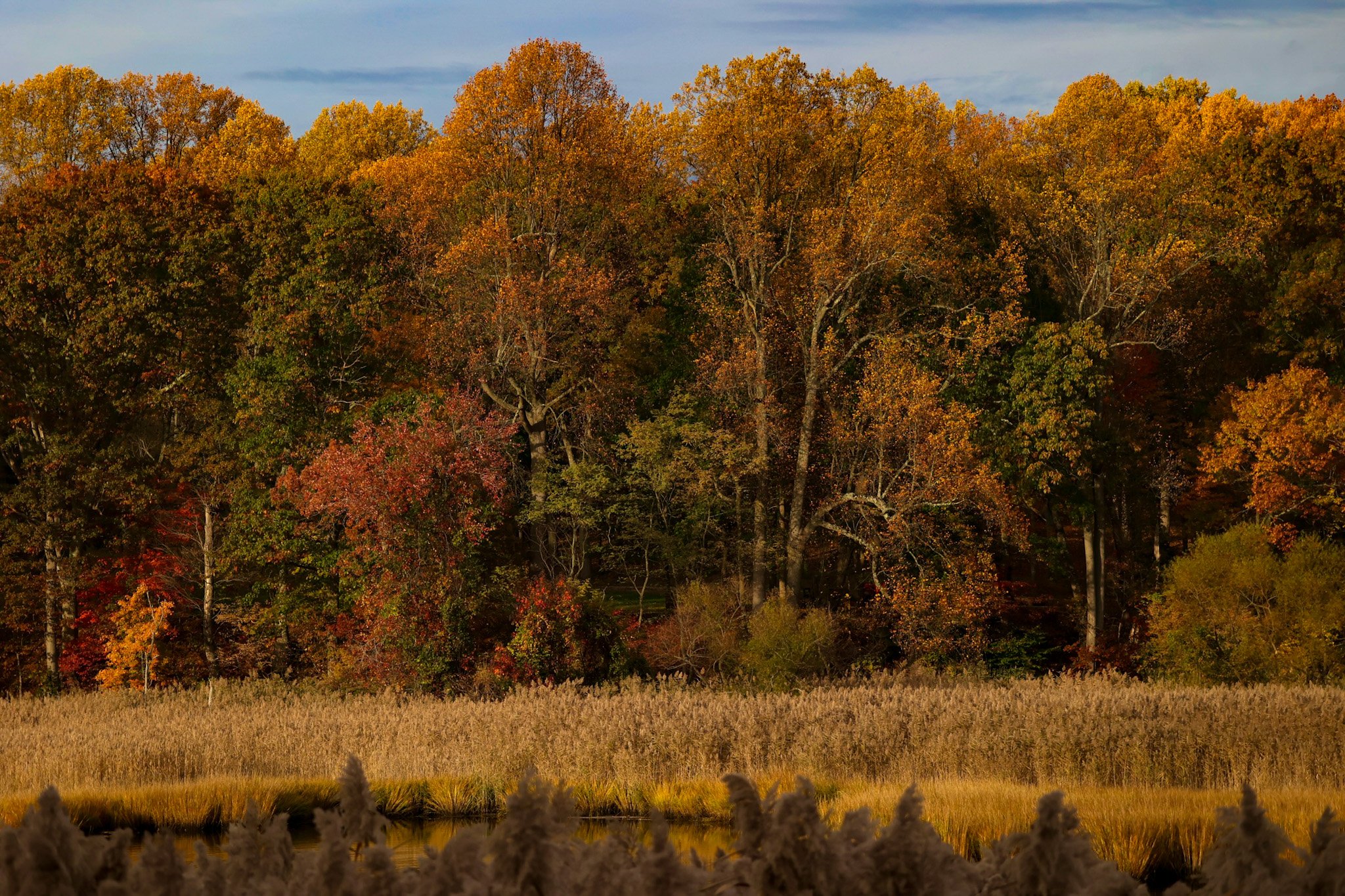

I spent October and November on the waters and banks two of the Northeast’s most gorgeous rivers: the Hudson of New York and the Navesink of New Jersey.
To me the rivers are kindred spirits, linked in their connection to the industrialization of the Northeast, the decimation of our estuaries and wild food sources during the 19th and 20th centuries, and the promise the remainder of the 21st century holds. What these rivers have lost in ecological communities they have gained in human ones - thriving, artistic, tight-knit cities line their banks. Thankfully, they have all realized that these two systems are not mutually exclusive and they may benefit one another. As a young person, it is encouraging to be on the forefront of trying to bring about change in these ecosystems, and autumn invites glimpses of a promising future- one that synthesizes the great eras of our past.
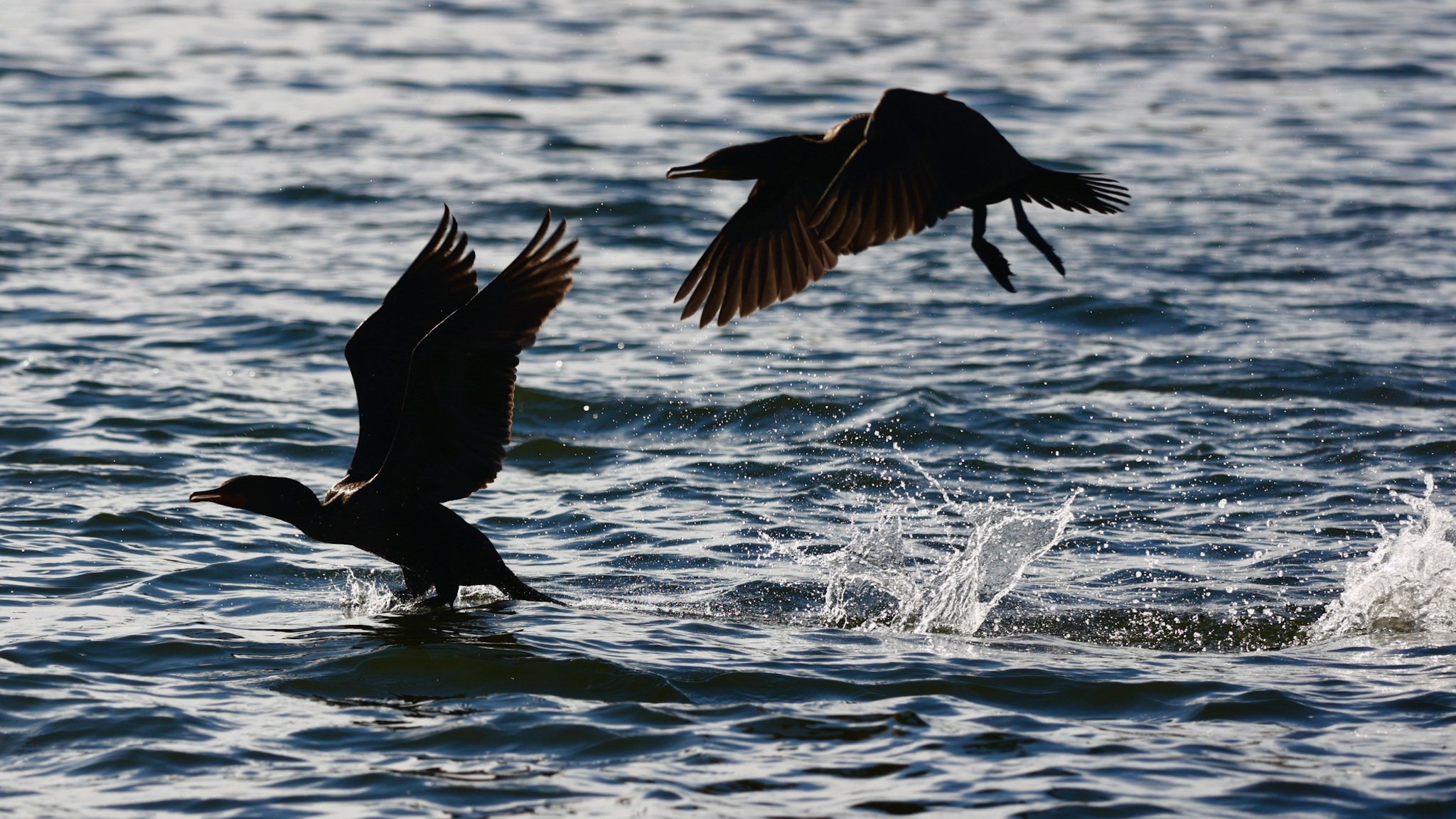
As the first season’s freezes gripped the Tri-State I was on the wing. Like so many others, I was bound for the South Carolina low country.
As our “expedition” (an admittedly over-the-top term for this style of trip) was over the Thanksgiving holiday, I was admittedly racked with homesickness. The onset of the pandemic and of my own vagrant lifestyle has made it all but impossible for me to have any sort of normal holiday in years. Luckily, there are few places I feel more at home than cruising through estuaries looking for wildlife - and the greater Charleston area is absolutely teeming with it. Here I saw what was lost from those northern rivers, reefs of healthy oyster departed decades ago and waterfowl just weeks removed on their seasonal stopover. The latter will return in due time, and the addition of the former would do wonders in making their lives just a bit easier.
These places were absolutely bounding with life. In about a week we witnessed over 100 species of birds, dozens of estuarine dolphins on the hunt, and untold sums of cold-blooded critters attempting to harness as much sunlight as possible in the shortening days. Here too were communities of artisans and harvesters enjoying the bounty of the waters. It is here I shamelessly admit that my advocacy on behalf of wetlands is not entirely selfless. Estuaries naturally serve as the basis for human connection. They are a place to swim, to hunt, to fish, to boat, to make art, to fall in love, and to forge connection. To save these places is to save a space for community and exploration - perhaps the two things most central to a life well lived.
